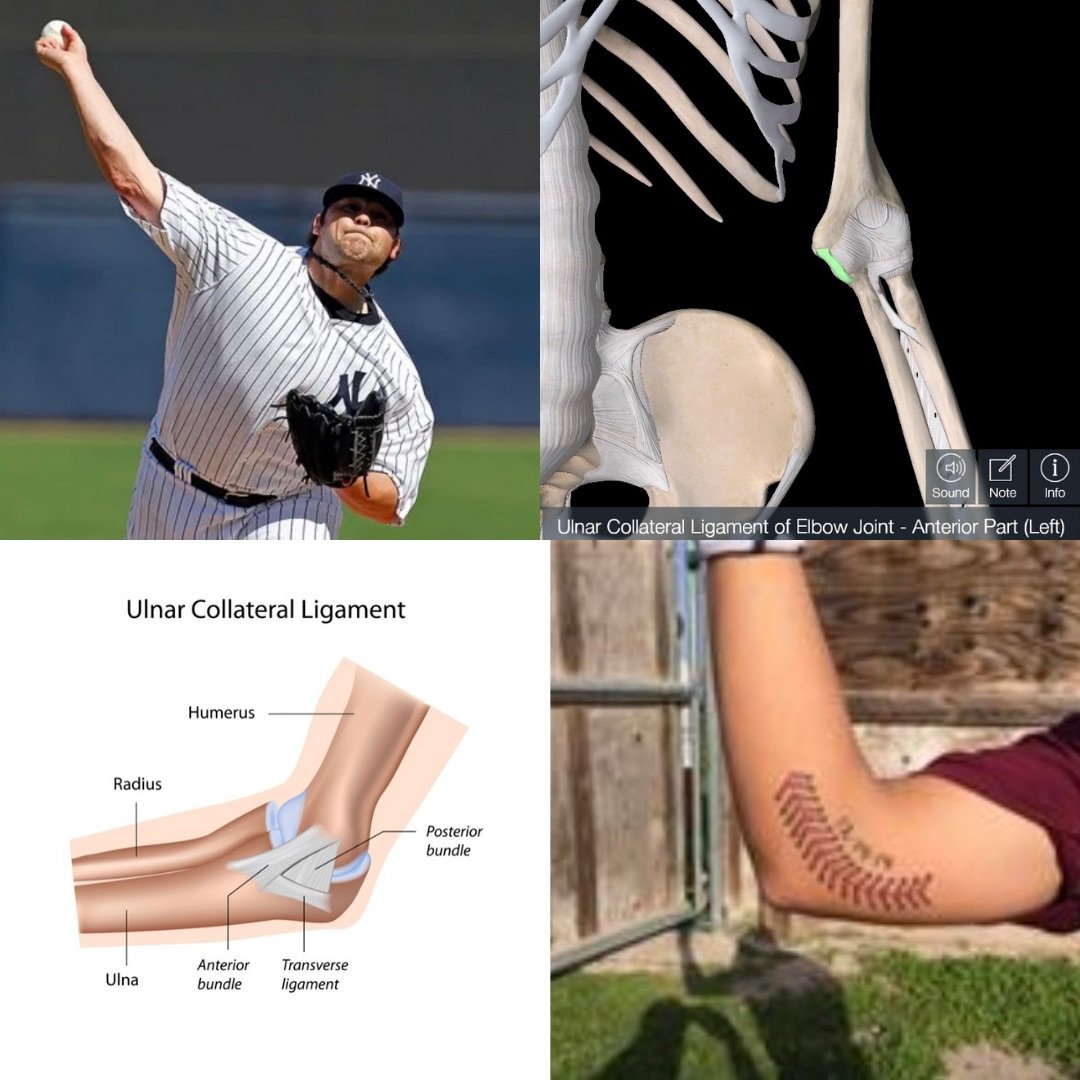UCL Injury: Proximal vs Distal
A question that rears its head in a ton of baseball circles after a UCL injury is: “Do I get TJ or Not?”. Our aim with this article is to give you as much research based information as possible on the topic. The typical gut instinct of most players is, “I should just get the surgery done so my elbow is brand new”. Not so Fast! There are a ton of factors that go into this decision, but we will equip you with the current information up front.
Factors of the UCL tear that influence decision
1) Severity of the UCL tear
2) Location of the UCL tear
3) Clinical Evaluation
4) Acute vs Chronic
5) Athlete’s Age
Among Many others…
What does the Research Say?
The widely accepted return to play probability following UCL Reconstruction (Tommy John) is 83% with other studies stating slightly higher and lower (Erickson et al)
The current return to competitive pitching right now is ~13 Months (Varies based on surgeon)
Only 55.3% of Tommy John Revisions (Second TJ), return to the same level of play as prior to surgery (Camp, Ahmad et al)
66% of athletes who took a Non-Operative route (Rehab only) returned to play without needing Surgery at the 1 year mark (Frangiamore, Shickendantz, et al)
82% of the athletes who failed Non-Op rehab had DISTAL tears (Frangiamore, Shickendantz, et al)
81% of the athletes who returned to play without surgery had proximal tears (Frangiamore, Shickendantz, et al)
The likelihood of failing non-operative management was 12.4 Times Greater with a distal tear (Frangiamore, Shickendantz, et al)
The Best Resource on Non-Operative UCL Management
Proximal vs Distal
The research displaying the return to play percentages shows us that the location of the tear matters in a HUGE way. As you see in the research nuggets above, the chances of non-operative treatment to a Partial UCL tear being successful are much higher in a Proximal UCL injury (Where the UCL attaches to the medial Epicondyle) than with a Distal UCL injury (Where the UCL attaches to the Sublime Tubercle of the Ulna). This can be best differentiated with an MRI.
The two primary reasons the Proximal UCL’s fair better with Non-Op treatment than Distal are:
1) Better Blood Supply to the Proximal UCL
2) A partial proximal tear does a better job of maintaining stiffness against a valgus force than a partial distal tear
Wrap Up
Our goal of this article was to give you as much up to date information on the return to play % of Non-Op UCL partial tears, specifically looking at proximal vs distal. In the end, the Surgeon will have the greatest expertise on this decision and should be able to recommend the best route for you or your athlete.



